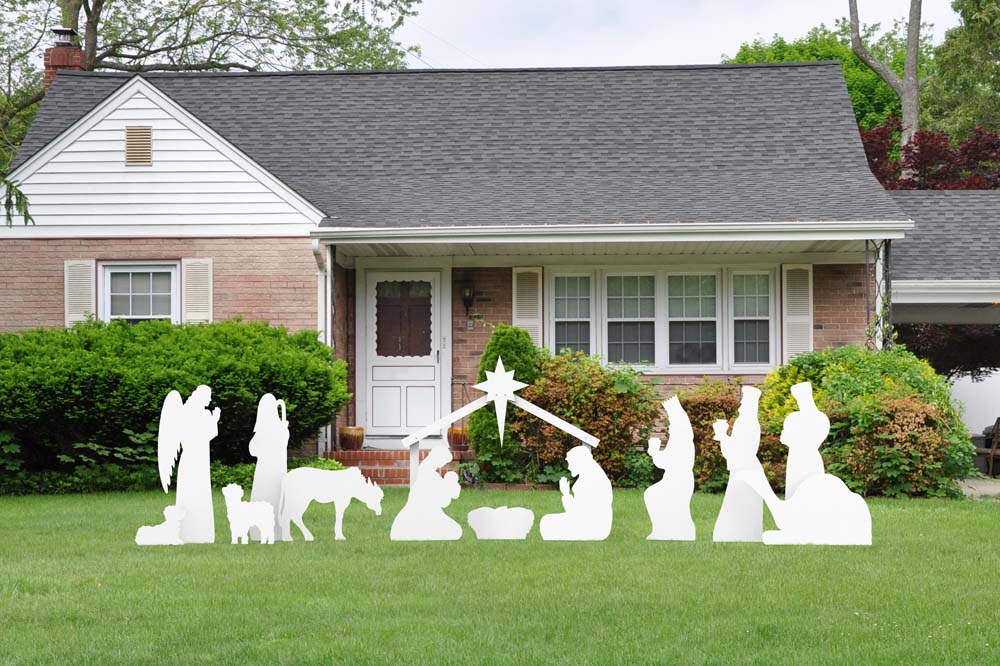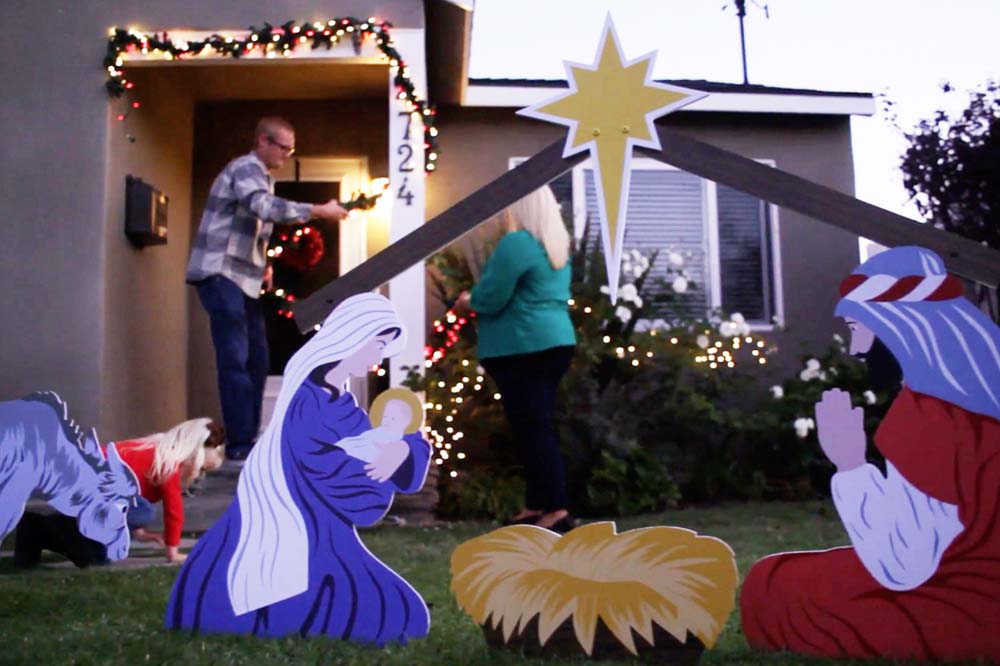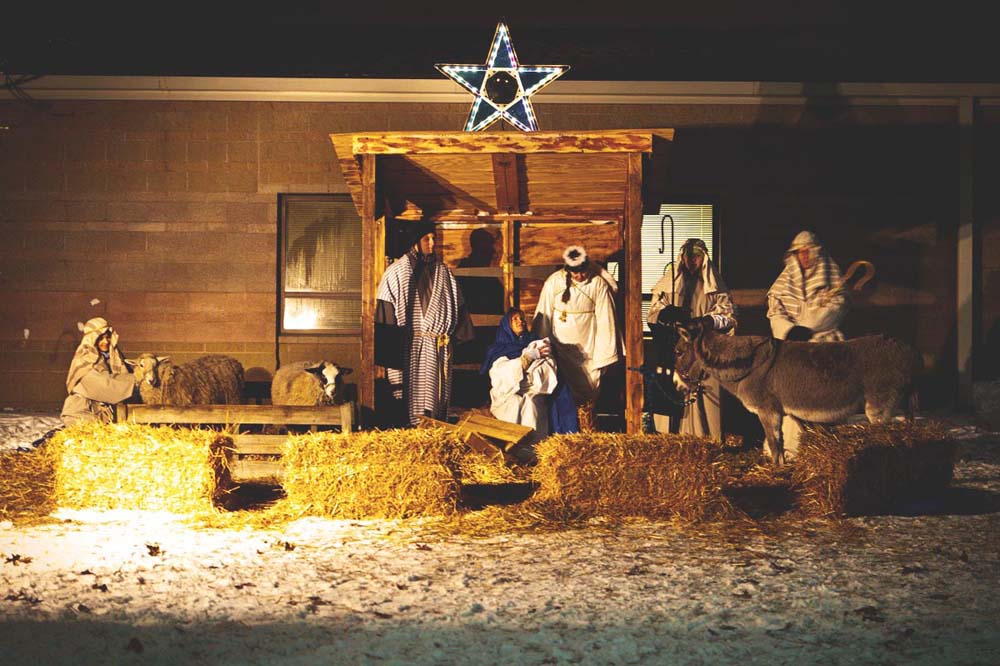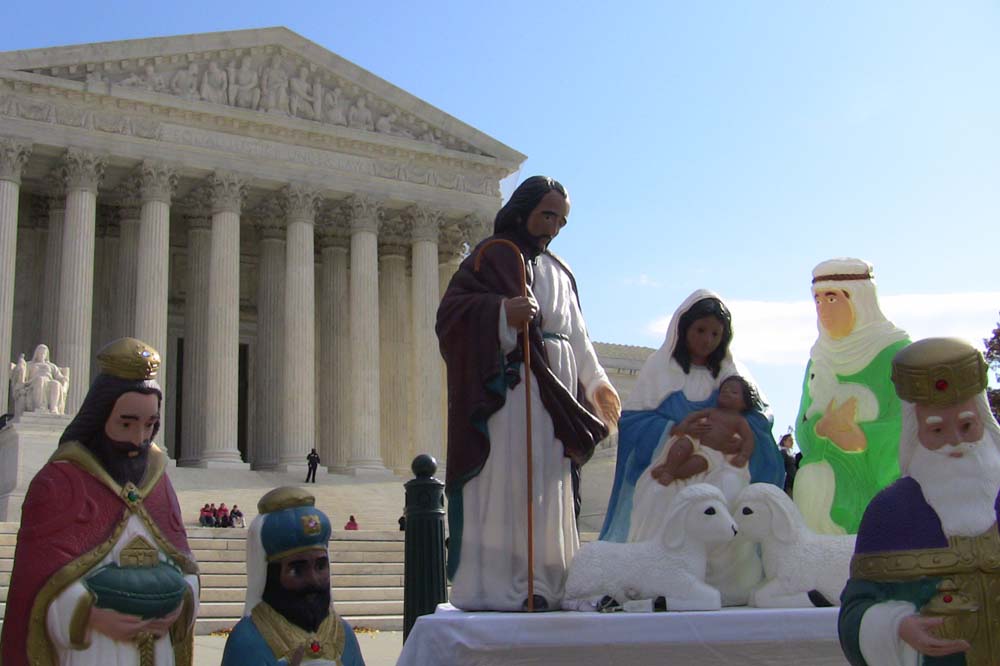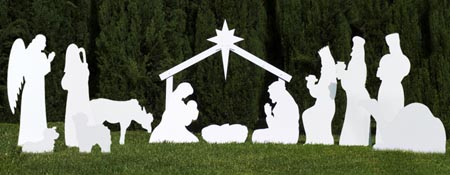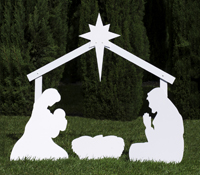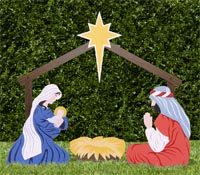What are Presepios? (And What Are Politicians Doing in the Manger?)
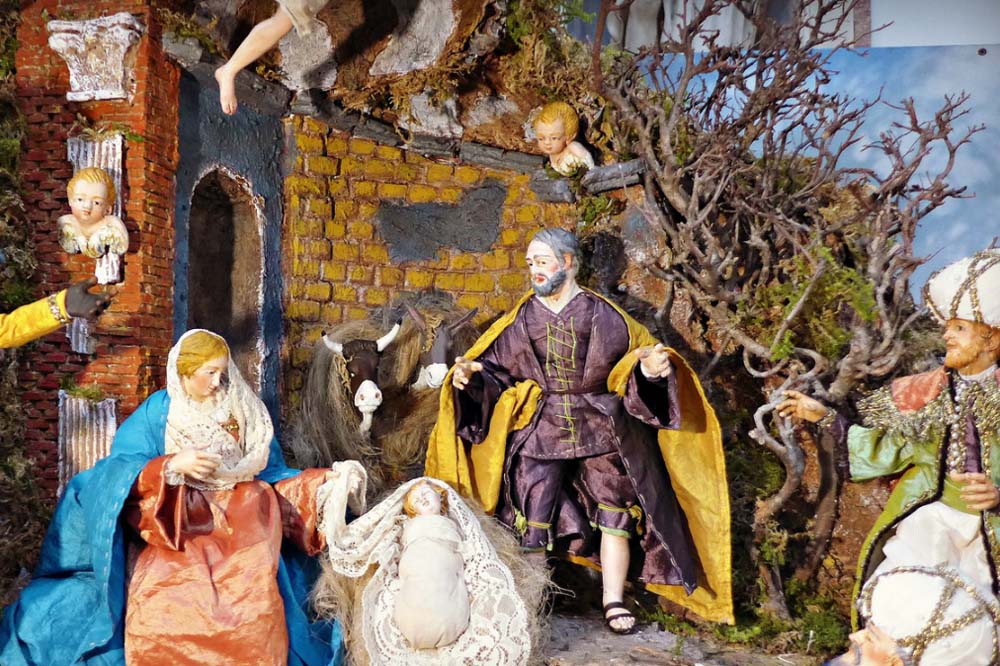
Every year on December 8 – a day known as the Feast of the Immaculate Conception – many Italian families take pride in displaying a presepio, or nativity scene, in their homes. In addition to the Holy Family, shepherds and animals, Italian presepios include townspeople and elaborate details such as lighting and even running water.
Some depict an entire village, including il macellaio (the butcher), il contadino (the farmer) and il bottegaio (the storekeeper). Some scenes even include historical and modern political figures and celebrities. These figures serve to symbolize that Jesus was born into the real world and lived among real people.
The crib for baby Jesus, or the presepe, remains empty until Christmas Eve, and the Three Wise Men are added on January 6. The completed scene stays in place in Italian homes through the feast of the Epiphany.
Building upon the tradition Saint Francis of Assisi popularized in 1223 when he staged a live nativity in a cave in the Italian village of Greccio, Italians enjoy the tradition of the nativity. For centuries, they have even debated about the correct name to use – presepe (which means crib) or presepio (which means nativity scene). Both terms come from the Latin, and either one is correct.
Originally, presepi were built mostly in churches during Advent, the weeks leading up to Christmas. By the 17th century, however, they became a common sight in Italian homes after St. Gaetan asked Italians to build a crèche as a sign of their devotion to Christ.
Some wealthy Italians commissioned artists to create their own unique sets, and people with less financial means built their own presepi with whatever materials they had on hand, such as bits of clay, scraps of wood, and hay.
Due in part to the patronage of King Charles the III, the art of the presepio reached its golden age in the 18th century, as artists created detailed miniature terracotta figurines for the nativity.
The city of Naples is recognized for creating some of the most elaborate presepios. Each fall, tourists flock to Via San Gregorio, a street known for artists who hand carve and hand paint nativity figures of all shapes and sizes from wood and from terracotta.
Italy’s largest presepio is at the Museo Nazionale di San Martino in Naples. Located in a former monastery, the large museum houses the Presepe Cuciniello, which features more than 160 human figures, 80 animals, 28 angels and more than 400 other detailed miniature objects.


